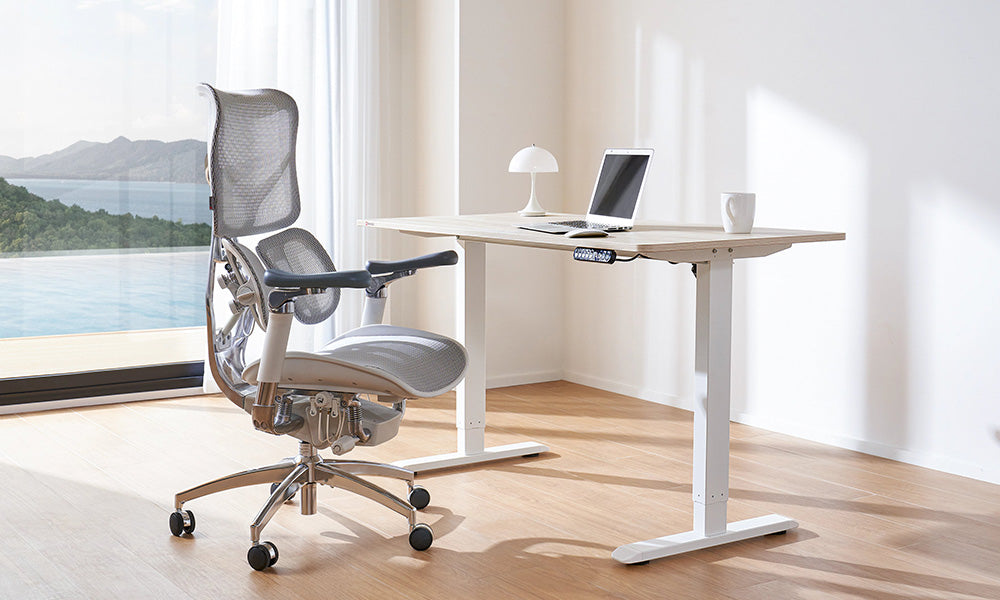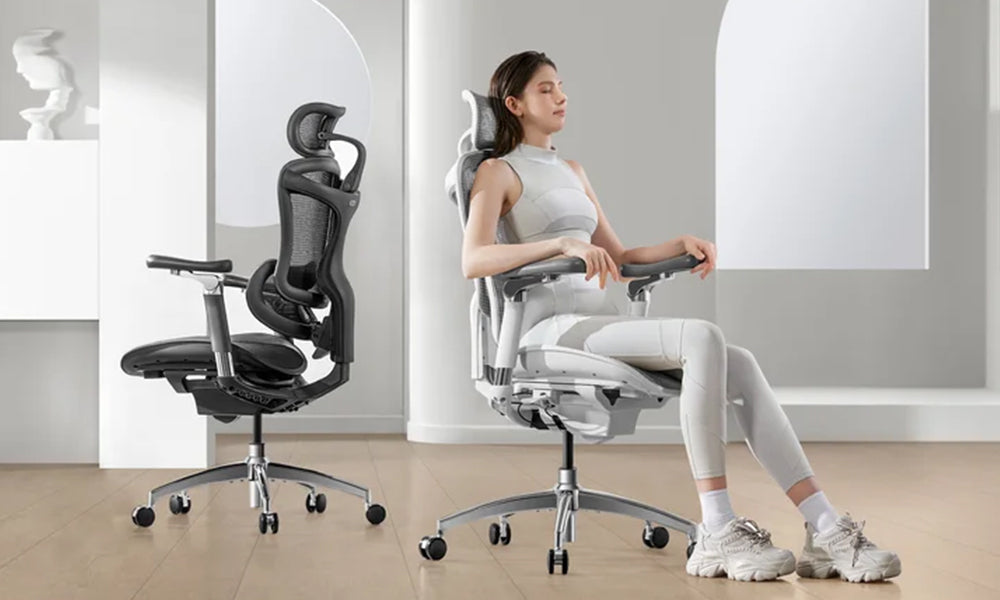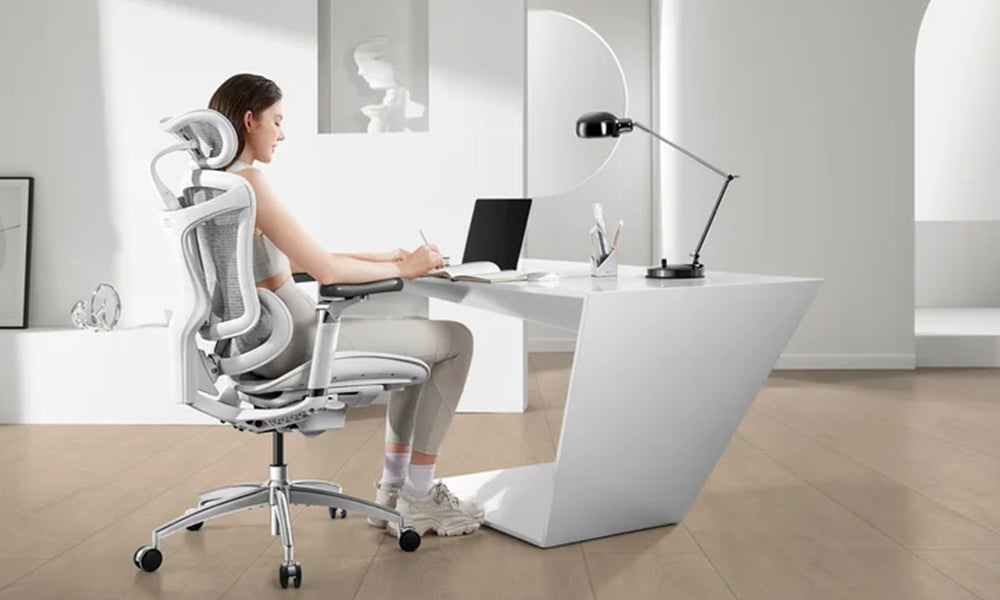In today's digital age, many of us spend a significant portion of our workday glued to our chairs, hunched over computer screens. This sedentary lifestyle has been linked to a variety of health concerns, including obesity, heart disease, and musculoskeletal disorders. Standing desks have emerged as a potential solution, offering a way to break up prolonged sitting and potentially improve our overall well-being. But what does the research say about the actual benefits of standing desks?
This article delves into the current research on standing desks, exploring their potential advantages in reducing back pain, enhancing focus, and promoting better health. We'll also discuss some of the limitations of existing studies and offer practical tips for incorporating standing desks into your workday effectively.
Combating Back Pain: A Promising Intervention
One of the most well-documented benefits of standing desks is their potential to alleviate back pain. Prolonged sitting can lead to tight hamstrings, weak core muscles, and poor posture, all of which can contribute to back discomfort. Standing desks encourage a more upright posture, potentially reducing strain on the spine and improving blood flow to the lower back muscles.
Several studies have shown positive results. A review published in the journal Applied Ergonomics analyzed 10 studies on standing desks and back pain. The researchers found that participants who switched to standing desks reported significant reductions in lower back pain compared to those who remained seated. Similarly, a study published in the journal Work found that call center employees who used standing desks for at least four hours a day experienced less upper back and neck pain than those who sat for their entire shift.
However, it's important to note that the research on back pain and standing desks is not without limitations. Many studies involve relatively small sample sizes and short durations. Additionally, factors like proper desk and chair ergonomics, individual differences in posture, and overall activity levels can also influence back pain.
Standing for Focus: A Potential Boost to Cognitive Function
Beyond physical benefits, standing desks may also hold promise for enhancing cognitive function. Studies suggest that standing can improve mood, energy levels, and even focus. A study published in the journal Human Factors [3] found that call center employees who used standing desks reported feeling more energized and focused throughout the workday compared to their seated counterparts.
The potential mechanisms behind this cognitive boost are still being explored. Some researchers believe that standing may increase blood flow to the brain, leading to improved alertness and mental clarity. Additionally, the subtle movement associated with standing may help to stimulate the brain and prevent fatigue.
While the initial research on cognitive benefits is promising, further studies are needed to solidify the connection. It's also important to consider individual preferences. Some people may find standing for extended periods to be distracting or even uncomfortable, potentially hindering their ability to concentrate.
Standing Desks and Overall Health: A Look Beyond the Back
The potential benefits of standing desks extend beyond back pain and focus. Studies suggest that standing may also contribute to improved metabolic health. Research published in the journal Medicine & Science in Sports & Exercise [4] found that standing desks led to a slight increase in calorie expenditure compared to sitting. While the calorie difference may be small, it could add up over time, potentially reducing the risk of obesity and related health problems.
Furthermore, standing desks may also help to regulate blood sugar levels. A study published in the journal Diabetes Care [5] found that standing after meals resulted in lower blood sugar spikes compared to sitting. This could be beneficial for individuals with diabetes or those at risk of developing the condition.
However, it's important to remember that using a standing desk is not a magic bullet for weight loss or blood sugar control. A healthy diet and regular exercise are still crucial for overall health. Additionally, research on these specific benefits is still emerging, and more studies are needed to confirm the long-term effects.
Limitations and Considerations: Finding the Right Balance
While the research on standing desks is encouraging, there are limitations to consider. Many studies involve short-term interventions, and the long-term effects of standing for extended periods require further investigation. Additionally, not everyone finds standing desks comfortable. Some individuals may experience leg fatigue, discomfort in their feet, or even lower back pain if proper posture and ergonomics are not addressed.
Here are some key considerations for using a standing desk effectively:
Start Gradually: Don't attempt to stand for your entire workday right away. Begin by incorporating short standing breaks throughout the day and gradually increase the duration as your body adjusts.
Maintain Proper Posture: Ensure proper ergonomics when using a standing desk. Your monitor should be at eye level, your elbows should be bent at a 90-degree angle, and your feet should be flat on the floor or on an anti-fatigue mat.
Take Breaks: Standing for extended periods can also lead to fatigue. Take regular breaks to sit, stretch, and move around.
Listen to Your Body: Pay attention to how your body feels. If you experience any discomfort or pain, adjust your posture, take a break, or consider reducing the amount of time you spend standing.
Combine with Exercise: Using a standing desk is not a substitute for regular exercise. Aim for at least 30 minutes of moderate-intensity physical activity most days of the week.
Incorporating Standing Desks into Your Workday: Practical Tips
If you're considering incorporating a standing desk into your workday, here are some practical tips:
Choose the Right Desk: Select a standing desk that is adjustable to fit your height and work style. Consider features like motorized adjustment, presets, and additional storage space.
Invest in an Anti-Fatigue Mat: An anti-fatigue mat can help to reduce strain on your feet and legs while standing.
Wear Comfortable Shoes: Choose shoes that provide good support and cushioning. Avoid high heels or shoes with thin soles.
Use a Stool or Chair: Keep a stool or chair nearby so you can sit down when you need a break.
Vary Your Posture: Don't stand in the same position all the time. Shift your weight from one foot to the other, stretch your legs, and take breaks to walk around.
Get Your Employer Involved: If you work in an office, talk to your employer about the possibility of getting a standing desk. Many companies are now providing standing desks as part of their efforts to promote employee health and well-being.
Conclusion: Standing for a Healthier, More Productive Workday
Standing desks offer a promising way to break up prolonged sitting and potentially improve our overall health and well-being. Research suggests that standing may reduce back pain, enhance focus, and contribute to better metabolic health. However, it's important to use standing desks effectively and in moderation, listening to your body and combining them with a healthy lifestyle.
As more research emerges, we can expect to gain a clearer understanding of the long-term benefits and potential risks of standing desks. For now, incorporating standing into your workday can be a simple yet effective step towards a healthier and more productive work life.



